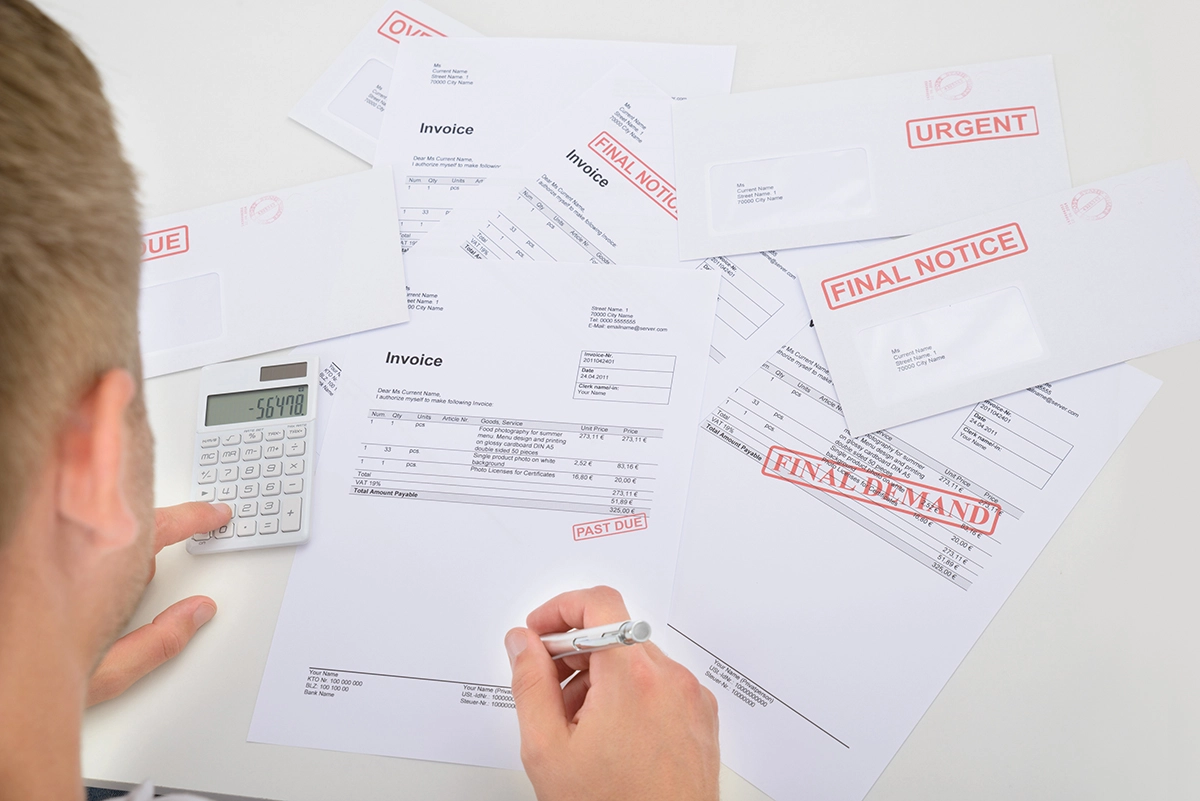Editor’s Note: Due to the unprecedented situation we are finding ourselves in with COVID-19, Ruth King is suspending the Rules of Wealth and writing about actions that can help you survive these times and prepare for the future. This is Part 4 of How to Salvage 2020 Profitability. Next month, she will resume the rules of wealth series.
If you got a Paycheck Protection Program (PPP) loan during the coronavirus pandemic, the loan will create false indications on your balance sheet. And, if it is forgiven, you will see false indications on your Profit and Loss Statement. Make sure you understand the impact of PPP loans on your financial statements.
PPP loans have a great impact on your company’s current ratio (current assets divided by current liabilities) and your company’s acid test (current assets minus inventory divided by current liabilities).
Accounting for the PPP loan properly, the loan amount is a long-term liability and the cash received is a current asset. When you calculate the current ratio and acid test, they will be much larger than before you received the loan. Normally increasing current ratio and acid test means that profitability is increasing. In this case it is because you received a loan.
Likewise, your debt to equity ratio and your long-term debt to equity ratio will jump. Your debt to equity ratio is total liabilities divided by total net worth or capital or equity.
Your long-term debt to equity ratio is your long-term liabilities (loans for more than a year) divided by total net worth or capital or equity. Net worth, equity and capital all mean the same thing.
The changes in your debt ratios occur because of the PPP loan. This is the additional debt that you have saddled your company with.
Here are some things to consider:
- Do not be thrilled with an increasing current ratio and acid test. They are false positives. Your profitability is probably not increasing.
- Do not be concerned if the current ratio and acid test start falling back to what they were before the loan. That is normal.
- As the next months unfold, however, and your company gets busier and busier, as long as the company stays profitably busy, the company’s current ratio and acid test will show a real increase due to increasing profitability.
- Do not be concerned with an increasing debt ratio. It is a false negative. If the loan is forgiven, then these ratios will return to their pre-COVID-19 levels.
If the loan is forgiven, then according to the IRS, as of the date of this column, the forgiven dollars are taxable. Your Profit and Loss Statement will show an increase in other income (the forgiven loan).
This increasing profit has nothing to do with more profit from operations. It happened because of a forgiven loan. That’s why it is called other income.
New Ratio to Watch
In the past, one of my 10 critical financial ratios was accounts receivable divided by accounts payable. It is calculated by taking the value of trade receivables (those customers who owed your company money) divided by trade payables (those vendors you owed money to).
From what I am seeing on the financial statements of many contractors is more cash/credit card payments (i.e. COD or partial up front payments) than in the past. In addition, many companies put their purchases on a credit card.
The credit card balance gives the company travel points, etc. and allows companies to stretch out payments (to the limit of their credit on the credit card).
I’ve taken these factors into consideration. The new ratio:
Accounts receivable plus cash
—————————————————
Accounts payable plus credit card balances
This ratio should be two or higher. If it isn’t, then is it increasing on a week to week or month to month basis? You are headed in the right direction. If it is decreasing make sure all the billing has been done: all the cash is in the bank and all the receivables are in for the money owed for performing that work.
If all the billing is in, then what is happening with productivity? What percentage of a field employee’s time is billable? If you pay a technician for eight hours and only four hours is billable, then productivity is low and probably revenues are lower than they should be.
The other place to look is to make sure your pricing is correct and there are few if any warranty calls or callbacks. This can also affect the ratio since there is expense and no revenue to offset that expense.
PPP loans have inflated current ratio, acid test and debt ratios. Make sure you take these factors into consideration when you are analyzing your financial statements each month.






